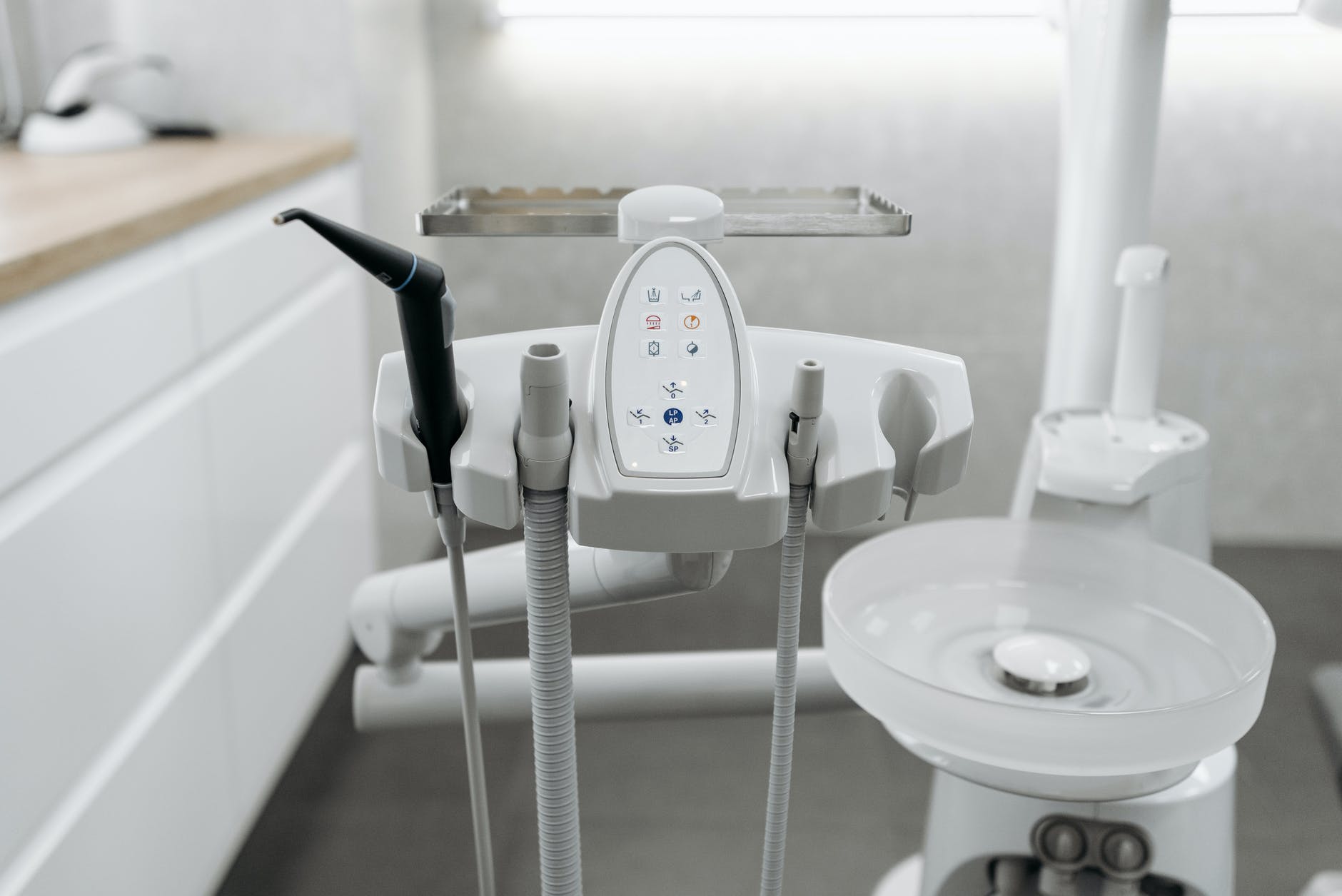When perfecting your smile, orthodontist braces play a significant role. They not only help in correcting misaligned teeth but also contribute to overall dental health. This article will walk you through the process, from understanding what braces are, when to expect results, maintenance post-treatment, and how to ensure successful orthodontic treatment. Get ready to embark on your journey to a healthier, radiant smile.
Understanding What Orthodontist Braces Are
Orthodontist braces are dental devices that help correct misaligned teeth or jaws. Available in different types such as traditional, ceramic, lingual, and clear aligners, they are usually recommended by an orthodontist to individuals struggling with dental complications like overbite or underbite. Read more to know how they function and who ideally needs them.
- Definition and Function
- Types of Braces: Traditional, Ceramic, Lingual, and Clear Aligners
- Who Needs Orthodontist Braces?
Fundamentals of Orthodontic Treatment
Orthodontics is a specialized branch of dentistry that deals with the diagnosis and treatment of dental and facial irregularities. Learn how orthodontist braces contribute to this.
- The Role of Orthodontics in Dental Health
- How Orthodontist Braces Work
- The Process of Getting Braces
Expecting the Best Results from Orthodontist Braces
Knowing the nuances of orthodontic treatment is crucial in maximizing its outcomes. Here’s how you can start and what you can expect over time.
Inception: Getting Used to Your Orthodontist Braces
Transitioning into a life with braces can be intimidating. Initial discomfort and difficulty in speech are normal. However, understanding the process and being prepared can help tremendously.
- Initial Discomfort: What to Expect and Tips for Relief
- Adjusting Your Oral Care Routine
- Eating Habits
- Speech Changes
Duration: How Long Until You See Results?
The duration of results may vary significantly based on individual dental considerations and types of braces. But worry not; regular check-ups at places like ORTHODONTIST Braces & Invisalign Clinics can ensure personalized ortho care in Maple Ridge for you.
- Factors Influencing Treatment Time
- Average Time Frames for Different Types of Braces
Progress Tracking Your Orthodontic Treatment
Regular monitoring of progress is as important as the treatment itself. Here’s why and how you can do it.
- Regular Check-ups and Adjustments
- Signs of Progress: How to Tell If Your Braces Are Working
- Dealing with Slow or Stalled Progress
Maintaining Your Results After Orthodontic Braces
Wearing braces is only part of the journey. Maintenance using retainers and continued dental care keep your teeth in the right place even after removing braces. Let’s explore how.
The Importance of Retainers
Retainers play a key role in ensuring that the hard-earned alignment of your teeth does not go in vain.
- Why You Need a Retainer after Braces
- Types of Retainers
- Proper Care for Retainers
Continued Dental Care and Regular Check-ups
Even post-orthodontics, it’s critical to stick to a strict oral regimen. Regular check-ups at a reliable Orthodontics Clinic can ensure that you have an orthodontist near you keeping an eye on your dental health.
- Maintaining Good Oral Hygiene
- The Role of Regular Dentist Visits
- Treating Minor Movement or Shifting After Braces
Getting the Best from Your Orthodontic Treatment
The success of your orthodontic treatment largely depends on your willingness to commit to a few key behaviors. Here are some ways to maximize the efficacy of your treatment:
- Cooperating with Your Orthodontist: Frequent and honest communication with your orthodontist is essential. Keep them updated about any discomfort or issues you face with your braces. Attend your scheduled appointments regularly to ensure your braces are adjusted properly, and your treatment is on track.
- Keeping up with Oral Hygiene and Dental Care: Putting in extra effort toward dental hygiene becomes crucial when you’re undergoing orthodontic treatment. Brush at least twice a day using a soft-bristle toothbrush and fluoride toothpaste—Floss at least once daily to clean areas that are hard for your toothbrush to reach. In addition, rinse your mouth with an antiseptic mouthwash to kill any lingering bacteria.
- Embracing Your Braces: It’s vital to adapt to life with braces confidently. Initially, it may not be easy, but remember, braces are a temporary phase toward a permanent, perfect smile. Avoid food that is hard or sticky, as these could break your braces. And importantly, irrespective of the visual aesthetics, always remember that your braces symbolize your journey towards improved dental health.
Post-treatment Actions
Your orthodontic treatment does not end with the removal of braces. Following post-treatment directives from your orthodontist is equally crucial to ensure your teeth do not return to their original state. Here’s some of what you can expect:
- Wearing a Retainer: Retainers are designed to hold your teeth in new positions after removing braces. Your orthodontist will guide you on the type of retainer best suited for you and the duration it needs to be worn.
- Maintaining Oral Hygiene: A regular oral hygiene routine needs to be continued even after your braces are off. This includes regular brushing, flossing, and use of mouthwash.
- Regular Dental Check-ups: Continue regularly visiting your orthodontist or dentist even after your braces have been removed. They can detect and rectify minor teeth shifting before it becomes a significant issue.
Conclusion
Orthodontic treatment, though demanding, can profoundly transform your dental health and smile. However, as we learned, persistence and care form the pillars of its success. Be patient, and embrace the process to meet your best smile very soon.

